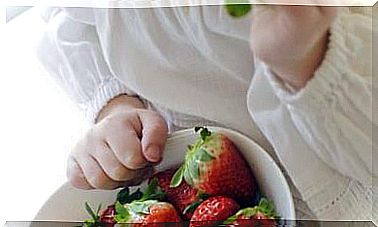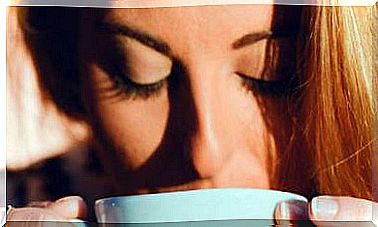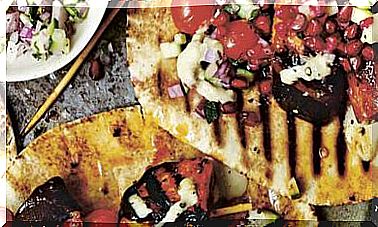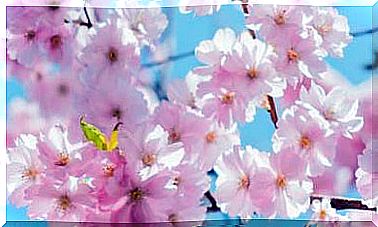The Art Of Pressing Flowers Step By Step
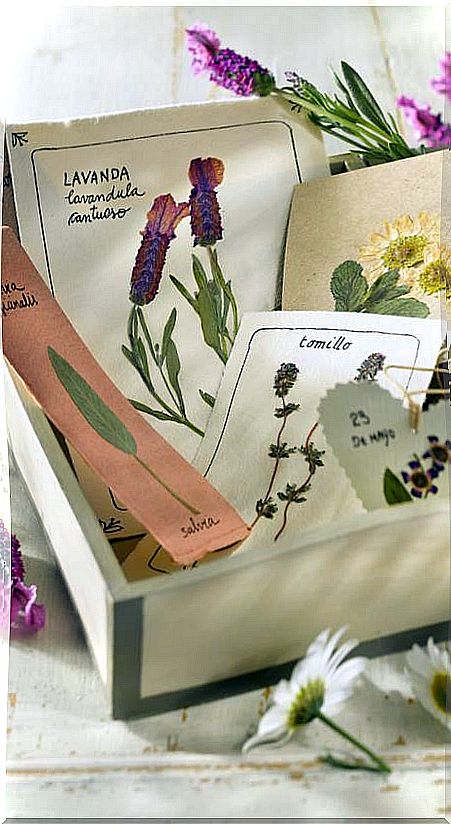
Keys for pressing
Once at home, the flowers should be pressed as soon as possible to prevent them from deteriorating. Before doing so, make sure that no insects are found inside. If so, it should be removed carefully, as well as any possible dirt debris.
They can be pressed with the stem or alone. In the latter case, they are placed face down on a blotting paper (for sale in craft stores), which will absorb the moisture from the flower. If they have a flared shape (as is the case with daffodil, oleander or digitalis), it is advisable to cut the base of the flower while holding carefully by the petals. In this way, the pressed flower will be flatter.
Drying options
Pressing flowers allows to perpetuate their beauty in two dimensions, by flattening them and reducing their volume. The easiest way to do this is by inserting them between two pages of a thick book, covered above and below with blotting paper (or several layers of absorbent kitchen paper).
This is a good option if flowers are pressed sporadically. But if you are looking for a more professional result, you can make a wooden press like the one in the photo above. Thanks to it, the pressure applied to the flower is firmer and more homogeneous.
In addition to the press, cardboard sheets or newspaper can be used to increase the pressure between the different layers of blotting paper. If they are damp and the flower has not yet dried, they can be replaced by others with great care, ensuring that the flowers that are between the blotting paper do not move.
The drying time varies between each type of flower, so it is advisable to arrange flowers of the same or very similar species on the same blotting paper.
Beauty in sight
By removing the moisture from the flowers, they last a long time. If not all the pressed flowers or leaves are used in a composition, the rest can be put in different envelopes separated by species and stored in a dark and dry place.
To make it easier to identify them later, the type of flower is written on the envelope or a small sample is pasted on it. As we gain experience and skill in this art, we will be able to elaborate compositions of greater difficulty.
A painting in which flowers of different sizes and shapes are mixed, a frame for a photo or a box adorned with a garland of pressed flowers are some examples of the decorative possibilities of this simple and gratifying technique.
